How do I water cannabis in a hydroponic system?
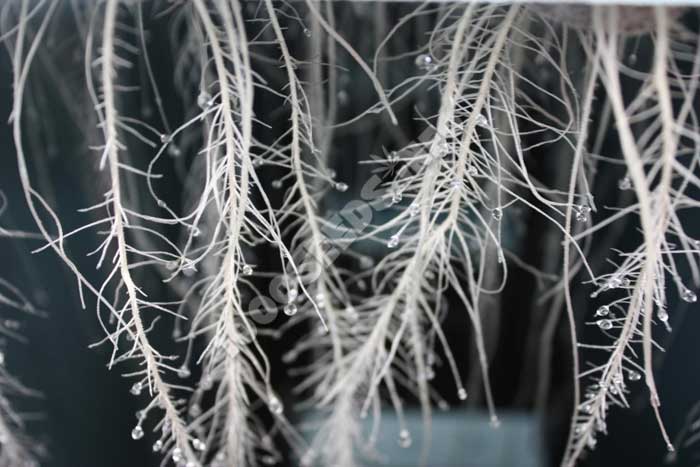
Cannabis is a plant that is very adaptable to different conditions, so it can be easily grown in pretty much any planting substrate. The most common methods are growing on soil or in hydroponic systems with substrates such as. Rockwool, Cocos, Expanded clay or Mapito. Aeroponic systems, sometimes do without the substrate completely and are becoming more and more popular in the growing community.
There are clear differences between the various hydroponic and aeroponic systems in terms of the different substrates. All of them are so-called inert substrates, which means that they can only store very small amounts of nutrients. We should be aware of these differences when it comes to equipping the growroom. Fertilisation and irrigation in hydroponics depends on the chosen system and substrate. Therefore, we want to go into the differences of the various planting substrates, with all their advantages, but also disadvantages.
Growing Cannabis on Cocos

Coco Hydro Grow, C99
Cocos Substrate is a very popular organic substrate made from the fibres surrounding the coconut. After the fibres have been processed and treated, they are an excellent grow medium for cannabis and any other plant. The common cannabis coco substrates have an optimal fibre thickness so that a perfect moisture-oxygen ratio can be created.
This ability to retain moisture but not water means that, when used correctly, coco substrate is always enriched with sufficient oxygen, which protects the roots from overwatering. In addition, the substrate does not compress the roots during prolonged dryness because, unlike soil, the fibres do not expand when they dry. This makes it possible to water again, which is rather difficult with soil after total drying out. Because the Cocos substrate can store moisture over a longer period of time, a watering failure can often still be detected and remedied in time, whereas with expanded clay, for example, the roots dry out after just a few hours and the cannabis plants can die. The advantage of Cocos Subtrate is more than proven in this case: When the plant is dried out, it recovers much faster than the same plant in soil under the same conditions. The damage caused by dehydration is much less compared to soil and the plants recover much faster in Coco. Especially in hot areas, the use of coco substrate is very common as drought problems can be contained.

During the growing of cannabis plants on coco, the watering changes in terms of the amount and concentration of EC and pH levels. In the first part of the vegetative phase, the plants should be watered only 1x a day with a small amount of water to create a wet phase, followed by a dry phase.This will make the roots search for water and expand. The amount of water depends on the pot size, during the initial phase watering should be done with 15-20% of the pot volume daily. This will dry the coco substrate relatively quickly and it can be watered with the same amount the next day. During the growth phase until the 2nd week of flowering, the amount of water and the EC value of the nutrient solution should be slowly increased, but only watered 1x daily.
From the 2nd week of flowering, the plants need more water and can be watered several times a day with the nutrient solution. Depending on the temperatures and the pots used, watering is frequent enough to allow the substrate to dry between passes. It is quite easy to tell when Cocos substrate is dry.While it has a light brown colour when dry, it is dark brown when wet. For example, if watering is done 3 times a day, the substrate should be 30% to 50% dry before watering again. During the last two weeks, watering can be done more frequently with pure water or with Terminal flower fertiliser or/and enzymes, such as Canna Flush to wash the salts out of the substrate and the roots. This will give the buds a better smell and taste. You can tell by the discolouration of the leaves if the plant is slowly using up its nutrient reserves. They then change from green to a lighter yellow colour.
The EC value of the nutrient solution depends on the number of irrigations, coco has the ability to store nutrients in an optimal concentration in its fibres, so the more often the plants are irrigated, the lower the EC value of the nutrient solution should be.
Indicas can be watered with a maximum EC of 2-2.2 during the weeks when they need the most nutrients. For indicas and indica-dominant cannabis varieties, this is usually between the 6th and 7th week of flowering, when they have a flowering time of 8-9 weeks. As already written, high EC values should only be set during a few watering phases daily or when watering by hand.
When watering more than 2 times a day, the EC value for Indicas should not exceed 2.0. Always observe the plants to see if they develop well or show signs of over- or over-fertilisation (for more on fertilisation problems see Checklist problems with growing: deficiencies and diseases). It depends on the individual variety how many nutrients it needs. Sativas and sativa-heavy strains, for example, usually need a much lower EC value than indicas. Close observation of the plants is therefore extremely important, especially if you are growing the strain for the first time.

Cannabis Hydro-Coco Grow
When growing hydroponically with an irrigation system, grow only one variety or varieties of the same family with similar nutrient requirements so that the nutrient solution content can be the same for all plants.
EC and pH values when growing with hydroponic systems on Cocos:
| Week 1 | Week 2 | Week 3 | Week 4 | Week 5 | Week 6 | Week 7 | Week 8 | 9.week | |
| Growth | 18h | 18h | 18h | ||||||
| *EC | 0,7-0,8 | 0,8-1,1 | 1,1-1,4 | ||||||
| pH | 5,5-5,6 | 5,6-5,8 | 5,8 | ||||||
| Flower | 12h | 12h | 12h | 12h | 12h | 12h | 12h | 12h | 12h |
| *EC | 1,3 | 1,3-1,4 | 1,4-1,5 | 1,4-1,5 | 1,6-1,7 | 1,7-1,8 | 1,8-2,0 | 1,4 | 0,4 |
| pH | 5,9 | 6,0 | 6,0-6,1 | 6,0-6,2 | 6,0-6,2 | 6,0-6,2 | 6,0-6,2 | 6,0-6,3 | 6,0-6,3 |
EC: the actual EC value depends on the cannabis variety. These are guideline values for indicas. However, you can also use the weekly changes as a guide if the plants have different nutrient requirements.
Growing marijuana in a hydroponic system
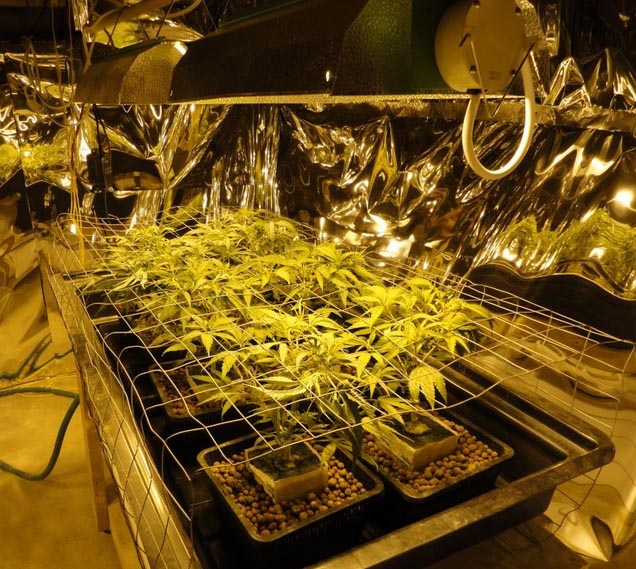
Hydroponic is one of the most widely used growing methods for cannabis, there are now different hydroponic systems but all are based on the same principle. This principle is simple, it is based on providing nutrients to the plants through fast absorbing fertilisers in an inert substrate such as rockwool, expanded clay or Mapito.
By using a automatic irrigation system, either recirculating (the nutrient solution is reused) or waste-to-drain (excess nutrient solution is not reused), the cannabis plants are optimally supplied with nutrients. When using expanded clay (hydrocorrels), it is very important to stabilise the pH of the substrate to avoid pH problems during the grow. You can find out how this works under Buffering expanded clay: How do I make sure the pH is right? If the hydrocorrels are not stabilised, the plants will experience many difficulties and will not be able to absorb the nutrients sufficiently. Furthermore, in recirculating systems, the use of unbuffered expanded clay leads to fluctuations in the nutrient tank, which can also lead to over- or under-fertilisation.

In recirculating systems, where the nutrient solution keeps leaving and returning to the tank, the pH and EC can be easily altered by an unbuffered or contaminated substrate. In waste-to-drain systems, these factors also play a role, albeit a minor one.
It is important to point out that in these systems the root balls are exposed to the air and constant watering is necessary so that the plants can develop without problems and do not dry out. As soon as the roots are stressed by a lack of moisture, they will be seriously damaged as they have no protection as in Coco substrate, where the root ball is less exposed to the air and therefore dries out much more slowly than in Hydrocorrels. On the other hand, if these factors are under control and no mistakes are made, the grow really explodes in such a hydroponic system.
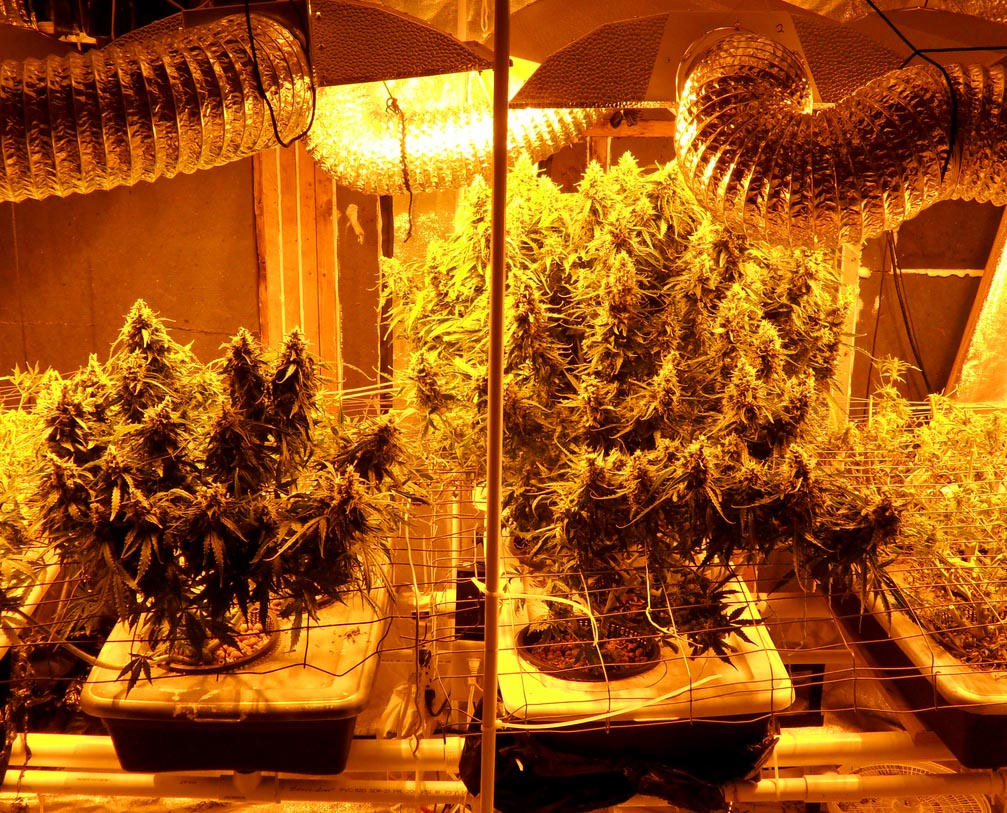
The irrigation methods of hydroponic systems sometimes differ enormously. There are systems like the Dutch Pot where William from GHE recommends continuous 24-hour watering. Some growers water their plants every 15 minutes, others prefer a 15-minute watering every hour. Depending on the system chosen, an optimal watering programme needs to be set, just like when growing in rockwool.
Each grower has to find out the ideal watering time for his grow, as it depends on several factors: temperature, humidity, aeration, ventilation,... If the substrate dries out quickly, more waterings have to be done, each with the optimal EC value for the development phase and needs of the plant. In hydroponic systems with rockwool or expanded clay, the nutrient uptake of the cannabis plants is more effective than in coco, so the EC value should be slightly lower. The plants also need to be checked every day to find out an optimal EC value for each strain.
| Week 1 | Week 2 | Week 3 | Week 4 | Week 5 | Week 6 | Week 7 | Week 8 | 9.week | |
| Growth | 18h | 18h | 18h | ||||||
| *EC | 0,5-0,7 | 0,8-1,0 | 1,1-1,2 | ||||||
| pH | 5,5-5,6 | 5,6-5,7 | 5,8 | ||||||
| Flower | 12h | 12h | 12h | 12h | 12h | 12h | 12h | 12h | 12h |
| *EC | 1,3 | 1,4 | 1,4-1,5 | 1,6 | 1,6 | 1,6-1,7 | 1,7-1,8 | 1,4-1,6 | 0,0-0,4 |
| pH | 5,9 | 6,0 | 6,0-6,1 | 6,0-6,2 | 6,0-6,2 | 6,0-6,2 | 6,0-6,2 | 6,0-6,3 | 6,0-6,3 |
*EC: depending on the requirements of the plants, this value may vary, so always observe the plants and set the optimum value.
Growing cannabis in aeroponic systems

Aeroponic is an evolution of hydroponic systems. The main difference is that in the aeroponic system the roots are suspended in the air without any substrate. Since the plants do not have a substrate in which to grow and moisturise the roots, irrigation is different from that of hydroponic systems with substrates.
The Aeroponic, like any other cultivation system, has advantages and disadvantages. Any mistake can very quickly lead to the death of the plants. Having no physical buffer to keep the pH and EC constant, the cannabis plants react very quickly to any nutrient and environmental changes. If the pH and EC levels are not conscientiously and continuously controlled and adjusted if necessary, the cannabis plants will not grow and flower as desired. On the other hand, if all parameters are in the green zone, one can expect above-average harvests and absolutely high-quality weeds. Anyone who has experienced the advantages of the very fast plant growth and the enormous yields of hydroponics will not want to grow indoors any other way.
In contrast to growing on soil, the plants have a shorter cycle of up to 3 weeks, even more for pure sativas. This has to do with the fact that due to the lack of substrate, the roots have no resistance and as long as they receive the optimal amount of nutrients, they can grow unhindered.
It should be noted that in aeroponic systems the oxygen content, the temperature of the nutrient solution as well as the correct EC and pH value should be checked regularly and adjusted if necessary or the nutrient solution should be completely renewed. A too high temperature of the nutrient solution can cause fungi in the roots and hinder nutrient uptake, furthermore the oxygen content is lower and fertilisers are less effective.

Aero Nut Grow 😀
While in hydroponic systems the nutrient uptake by the plants is very fast, with Aeroponic it is even faster. As the roots are sprayed with micro particles of nutrient solution, the uptake is even more immediate and faster. As a result, cannabis plants grown in aeroponic systems require lower levels of nutrients than with any other method.
| Week 1 | Week 2 | Week 3 | Week 4 | Week 5 | Week 6 | Week 7 | Week 8 | 9.week | |
| Growth | 18h | 18h | 18h | ||||||
| *EC | 0,4-0,6 | 0,6-0,9 | 0,9-1,0 | ||||||
| pH | 5,5-5,6 | 5,6-5,7 | 5,8 | ||||||
| Flower | 12h | 12h | 12h | 12h | 12h | 12h | 12h | 12h | 12h |
| *EC | 1,1 | 1,2 | 1,2-1,3 | 1,4 | 1,4 | 1,4-1,5 | 1,5-1,6 | 1,2-1,4 | 0,0-0,2 |
| pH | 5,9 | 6,0 | 6,0-6,1 | 6,0-6,2 | 6,0-6,2 | 6,0-6,2 | 6,0-6,2 | 6,0-6,3 | 6,0-6,3 |
EC: the actual EC value depends on the cannabis variety. These are guideline values for indicas. However, you can also use the weekly changes as a guide if the plants have different nutrient requirements.
The nutrient tank

The Nutrient tank is a very important component of the hydroponic or aeroponic system, as it is used to water all the cannabis plants in the growroom. Complete hydroponic systems already contain the appropriate tank to irrigate a certain number of plants, which is optimal for the system. On the other hand, when growing on coco, expanded clay or rockwool in plant pots, you have to take into account the number of plants to fill the tank with the necessary amount of nutrient solution for a week.
In the case of waist-to-drain systems, i.e. systems in which the nutrient solution is not reused, the tank size must be determined depending on the number of plants and the maximum irrigation quantity. For a SoG (Sea of Green) with 30 plants on one m² with a maximum of 8x one-minute irrigations daily and a quantity of 40ml per plant per irrigation, a 70-80 litre tank is needed.
If instead grown as ScrOG (Screen Of Green) the tank size can be calculated by the maximum number of irrigations per day and the pots depending on their volume and number. Through the use of a Watertimers an exact, automatic irrigation is guaranteed.
How do you calculate the tank size?
- (number of plants) x (number of irrigations per day) x (amount of water per irrigation) = litres per day
- (litres per day) x 7 days = litres per week
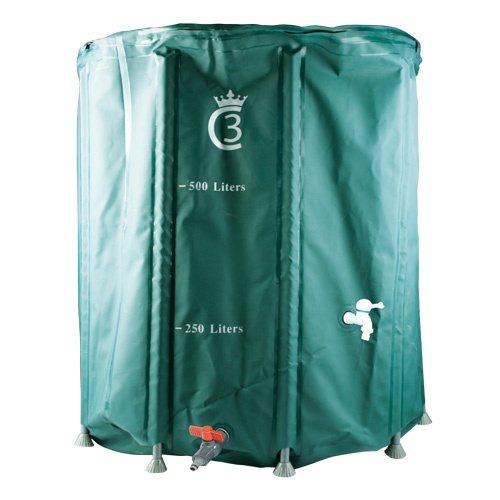
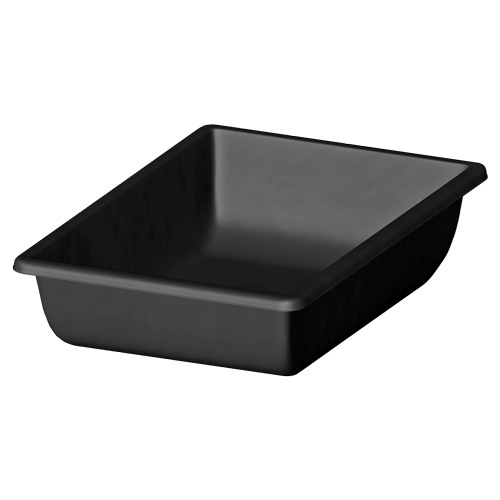
Flexible tank, 750 L growTANK Nutrient 75 L
Example of a SOG:
- (9.6 L/day) x (7 days ) = 67.2 L/week + 10 litres reserve for the pump = 80-90 litres tank (as it is not completely filled)
Example of a ScrOG:
- (6 plants/m²) x (8 irrigations/day) x (10-15% of the pot size (11L) in L/day) = 7.92 L/day
- (7,92 L/day) x (7 days) = 55,44 L per week = ideal tank size of 80L
Temperature and oxygen content of the nutrient solution
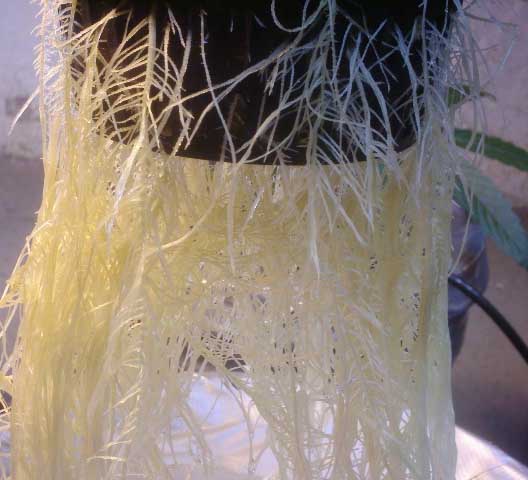
As already mentioned, the tank and the nutrient solution in it should be conscientiously controlled and monitored, as this is the source that provides all plants with optimal nutrients. Good control and care can prevent nutrient problems and diseases. All fertilisers used in hydroponic systems should be specifically suitable for growing on coco or hydroponic and the nutrients in them should be in so-called chelated form. However, conventional biofertilisers cannot be used in hydroponic systems. In the meantime, however, there are also organic fertilisers, such as BioSevia from GHEwhich are also suitable for use in hydroponic systems and are purely natural at the same time.
When mixing the nutrient solution, the base fertiliser (e.g. GHE BioSevia Grow or Bloom, Canna Hydro A+Betc.) should first be added to the water in a small quantity. Then the EC-value is checked with an EC-measuring device (for more information see The EC value during grow) and add the fertiliser until the desired concentration is reached. So don't pour it all in just yet, but advance slowly! Next, the stimulators (Root booster, Bloom booster), amino acids or other componentssuch as bacteria or microorganisms. The last step is to check and adjust the pH value of the nutrient solution (see The right pH-value). Now the cannabis plants can be watered with it.
However, the pH-value usually increases after the first watering, so it has to be checked again and treated with a pH-lowering agent, such as Canna pH- or GHE pH Downbefore the next irrigation takes place. Only when the nutrient solution has an optimal pH value can the plants absorb and utilise the nutrients. While the pH value of the irrigation water can be buffered within certain limits by the substrate when growing on soil, this is not the case with hydroponics and aeroponics. Errors are immediately reflected in the plants.
growCOOL, water cooler oxygen pump by GHE
Another important factor is the temperature of the nutrient solution in the tank. This is because the temperature has a direct influence on the oxygen content of the nutrient solution. A higher temperature means less oxygen, so the optimal temperature is between 18° and 24°C. This means that the nutrient solution contains enough oxygen. This means that the nutrient solution contains enough oxygen to supply the roots optimally and also prevents fungi and diseases. Furthermore, the nutrient solution in the tank should be constantly Oxygen pump (air pump) with bubble stone be supplied with oxygen. If the temperature is too high, it can be lowered with a Water cooler can be lowered. Furthermore, it is often advisable to place the nutrient tank in front of the growroom, as this avoids the high temperatures caused by the lamp. The nutrient tank should definitely be closed light-tight so that no algae can form. This is usually the case in complete systems anyway.
<<mehr Grow Tipps im Growlexikon>>






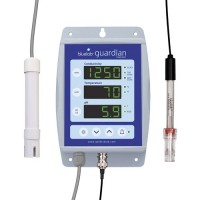
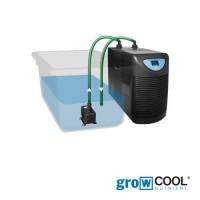
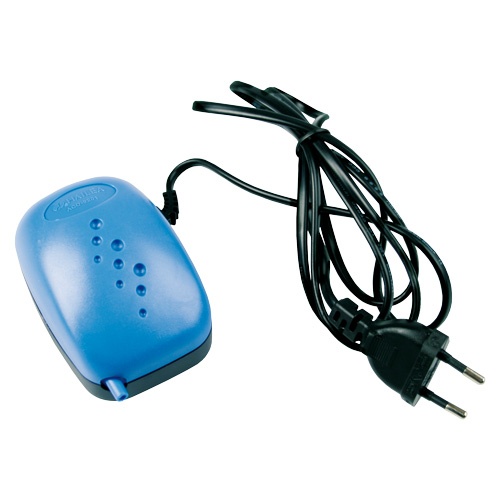
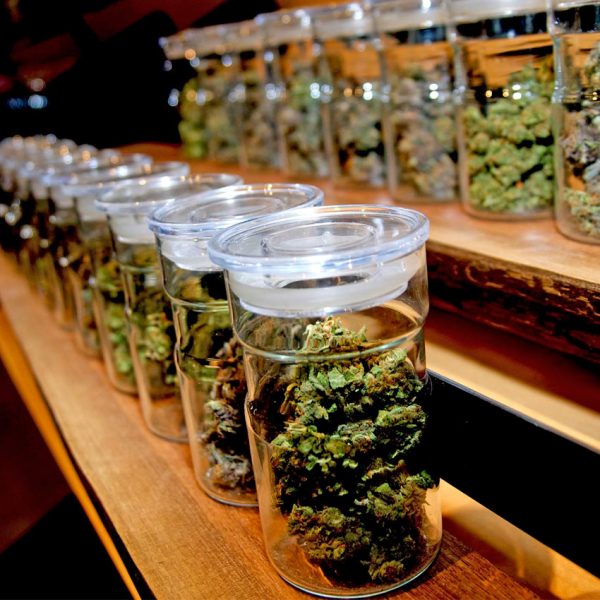
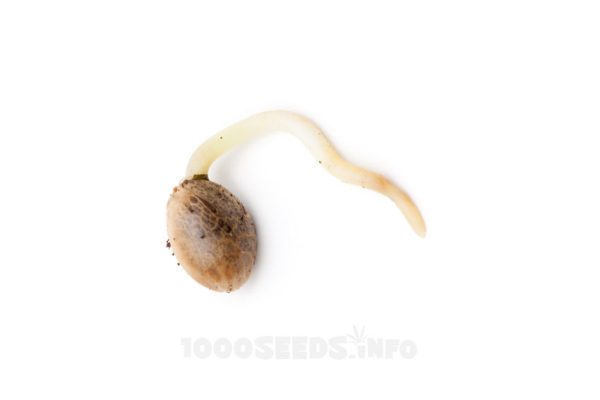
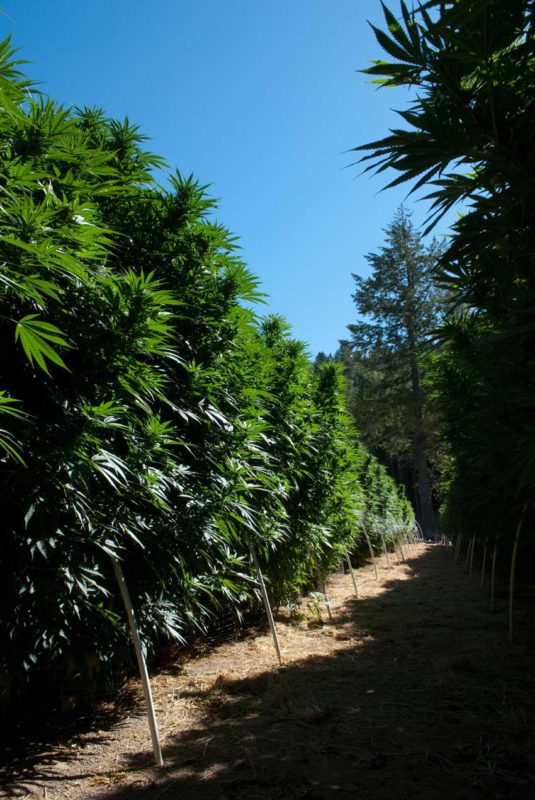
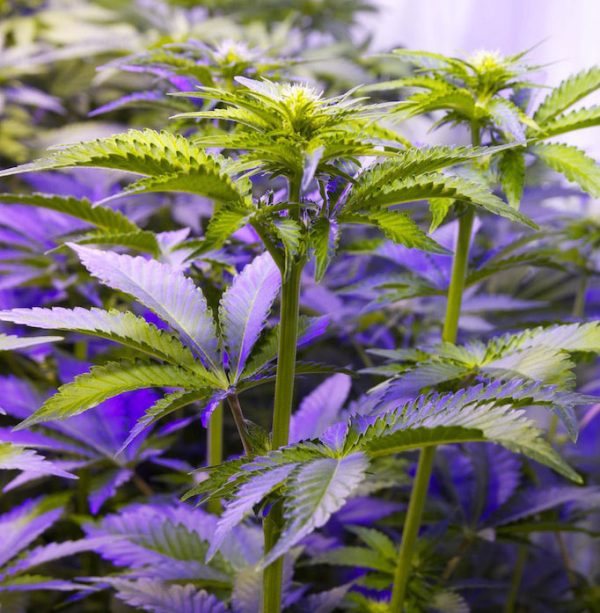
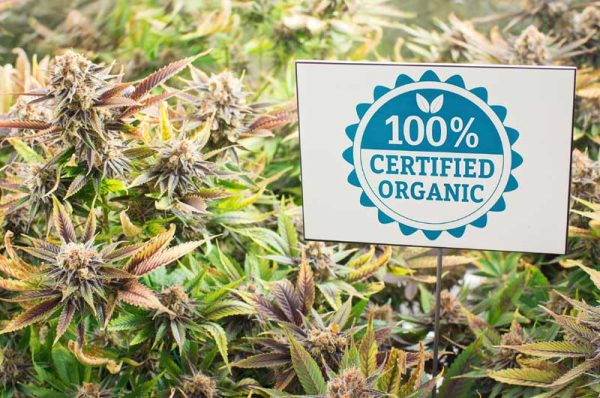
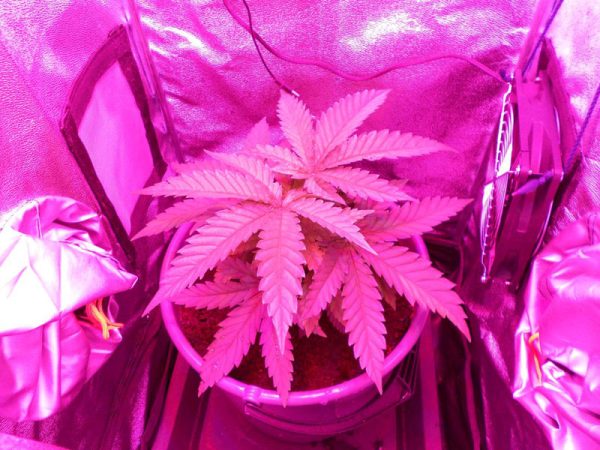
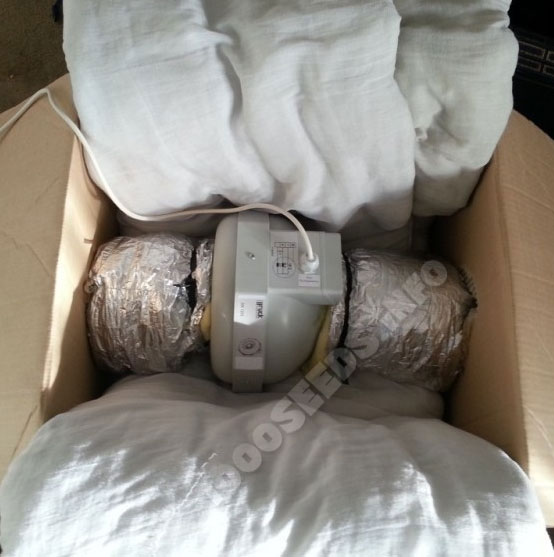
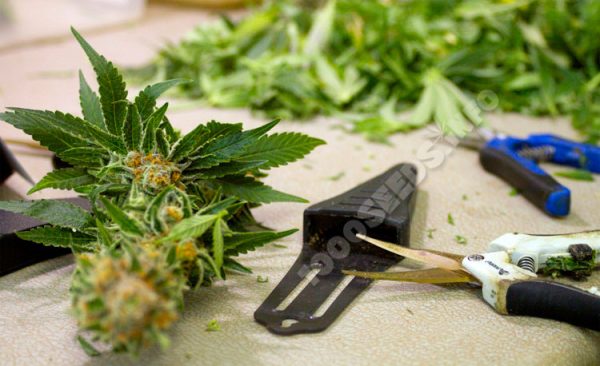
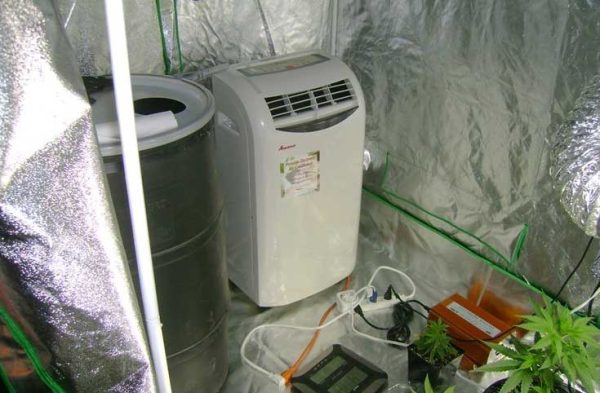

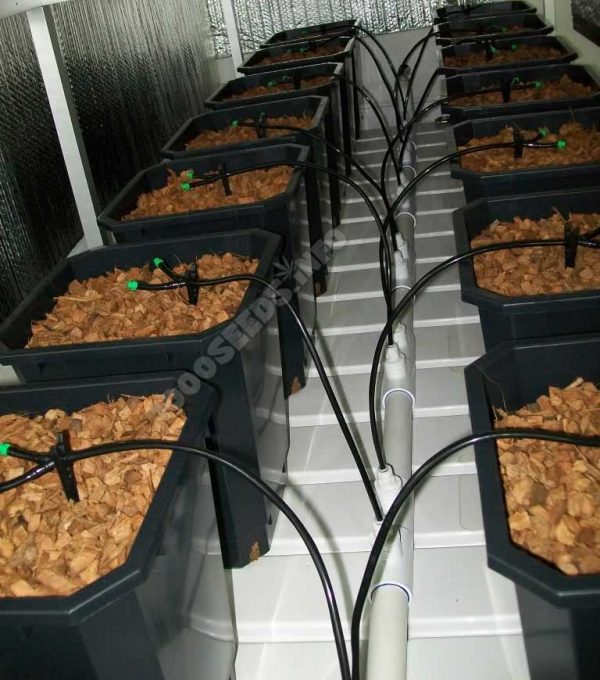
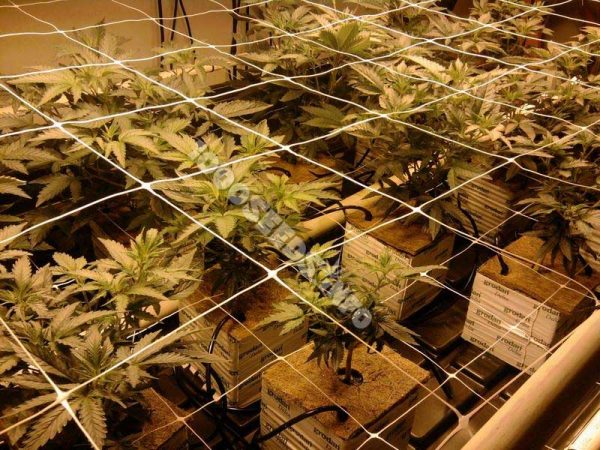
Can the instructions also be used for expanded clay?
Hi advantum, yes of course.
@ Juan
Thank you very much!